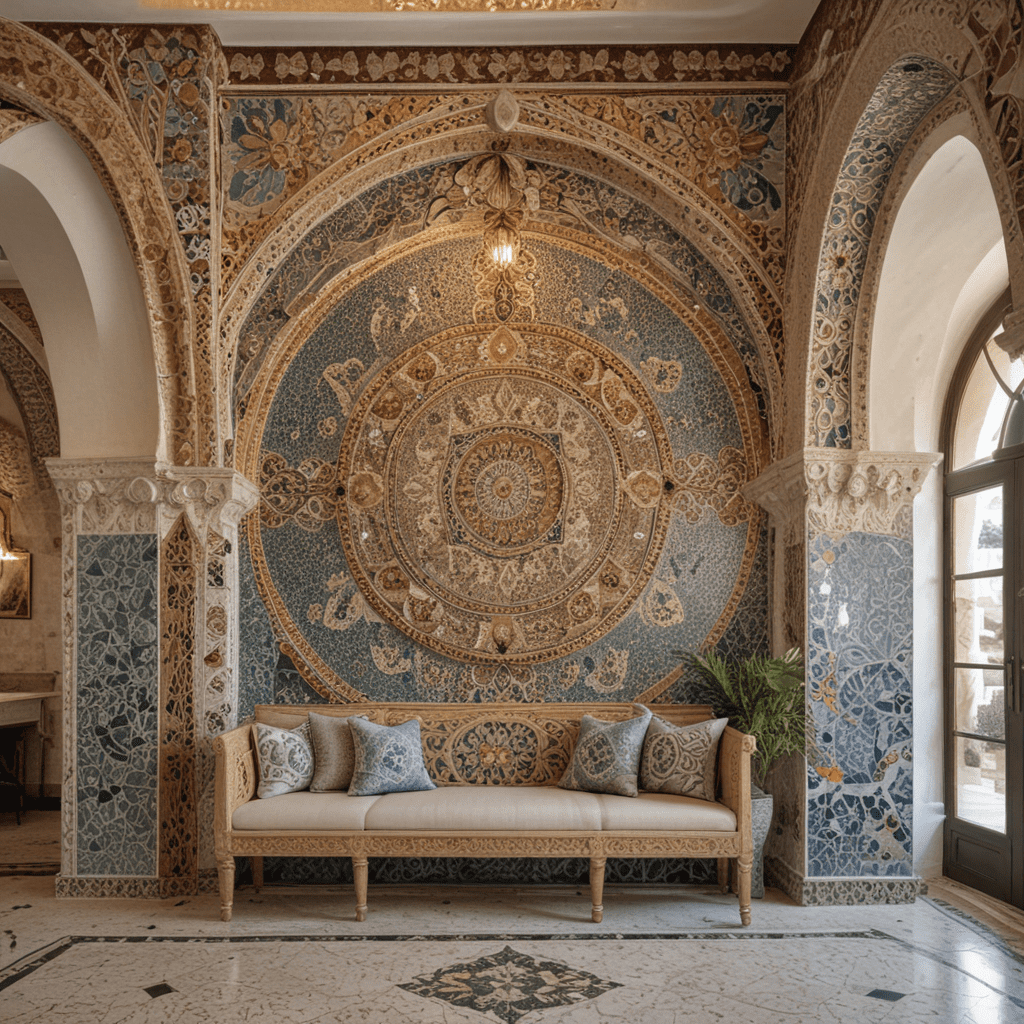Interior Design Drawings: How to Create a Beautiful Home
Interior Design Drawing: Enhancing Your Design Vision
In the world of interior design, visual representation is crucial in effectively communicating design ideas. Interior design drawing involves creating detailed sketches and illustrations that bring concepts to life before they are implemented in a physical space. Whether you are an aspiring designer or simply looking to better understand the design process, this article will provide an in-depth exploration of interior design drawing and its importance. So let’s dive in!
Understanding Interior Design Drawing
Interior design drawing is a crucial tool that helps designers convey their ideas to clients, builders, and other professionals involved in the design process. It serves as a visual representation of the proposed design, enabling stakeholders to envision the final outcome. From rough sketches to detailed renderings, interior design drawings offer a glimpse into the designer’s vision.
The Role of Interior Design Drawing in the Design Process
Interior design drawing plays a pivotal role throughout various stages of the design process. Whether it’s conceptualizing initial ideas or finalizing design plans, drawings help designers with:
- Visualizing the Design: By sketching out concepts, designers can visualize the space and experiment with different layouts, furniture arrangements, and color schemes.
Communication: Design drawings bridge the gap between the designer’s imagination and the client’s understanding. They act as a common language to communicate ideas and gather feedback.
Problem Solving: Detailed drawings help designers identify potential design challenges and find practical solutions before any construction begins.
Presentation: Clear and compelling drawings are essential when presenting design concepts to clients, allowing them to visualize the final space and make informed decisions.
Types of Interior Design Drawings
Interior design drawings can take various forms, each serving a specific purpose. Here are a few common types:
- Sketches and Mood Boards: These initial rough sketches help designers explore and refine ideas at the early stages of the design process. Mood boards combine images, textures, and color swatches to capture the intended atmosphere of a space.
Floor Plan Drawings: Floor plans are detailed drawings that showcase the layout of a room or an entire building. They demonstrate the placement of walls, doors, windows, furniture, and other elements within a space.
Elevations: Elevations provide a vertical view of a space, showing the height and arrangement of walls, windows, and other architectural features. They are crucial for understanding the relationships between different elements.
Perspective Drawings: Perspective drawings offer a three-dimensional representation of a space. They convey the depth, scale, and proportions of various objects, allowing clients to visualize the final design more accurately.
Tools and Techniques for Interior Design Drawing
To create stunning interior design drawings, designers utilize a variety of tools and techniques. Here are some commonly used ones:
- Pencils and Paper: Traditional pencil and paper remain a popular choice for initial sketches and concept development. They allow designers to quickly explore ideas and make revisions on the go.
Computer-Aided Design (CAD) Software: CAD software has revolutionized the interior design industry, providing powerful tools for creating precise and detailed drawings. It enables designers to generate realistic 3D renderings, produce accurate measurements, and experiment with different design elements.
Rendering Techniques: Rendering techniques involve adding color, texture, and shading to drawings to create a more realistic representation. Techniques such as watercolor, markers, or digital rendering software can enhance the visual impact of interior design drawings.
Digital Drawing Tablets: Digital drawing tablets offer designers the flexibility to draw directly on a screen, providing a seamless transition between traditional and digital drawing techniques. These tablets often come with pressure-sensitive styluses, enabling the creation of detailed and intricate designs.
Frequently Asked Questions (FAQ)
Q: Do I need to be skilled at drawing to pursue interior design?
A: While basic drawing skills are helpful, they are not a prerequisite for pursuing a career in interior design. With advancements in technology, CAD software and digital design tools have made it easier for designers to create detailed and accurate drawings.
Q: How long does it take to become proficient in interior design drawing?
A: The time required to become proficient in interior design drawing varies from person to person. With practice and dedication, designers can continually refine their skills. It’s an ongoing process that involves learning new techniques, experimenting, and gaining experience.
Q: Can I hire a professional to create interior design drawings for my project?
A: Absolutely! If you feel unsure about your drawing abilities or simply prefer to entrust the task to a professional, there are numerous interior designers and design firms that offer drawing services. Collaborating with a skilled professional can ensure that your design vision is expertly translated into the drawings.
Q: Are hand-drawn interior design drawings still relevant in the digital age?
A: Hand-drawn interior design drawings, while less common in today’s digital age, still hold value. They offer a unique, personal touch that can help convey the designer’s creativity and artistic vision. However, digital drawings are highly precise and provide additional functionalities, making them a preferred choice for many designers.
Q: How can I improve my interior design drawing skills?
A: Improving interior design drawing skills requires practice and perseverance. Here are a few tips to help you enhance your skills:
- Take drawing classes or workshops to learn new techniques and gain insights from experienced artists.
- Study and analyze the work of renowned interior designers and artists.
- Dedicate regular time to sketching, experimenting with different styles and perspectives.
- Seek feedback from professionals or mentors to identify areas for improvement.
- Explore digital drawing tools and software to expand your capabilities.
Interior design drawing is a valuable skill that empowers designers to bring their ideas to life and create visually compelling spaces. Whether through hand-drawn sketches or digitally rendered designs, these drawings serve as an essential communication tool within the design process. So, embrace the art of interior design drawing and unlock a world of possibilities in your design journey.





